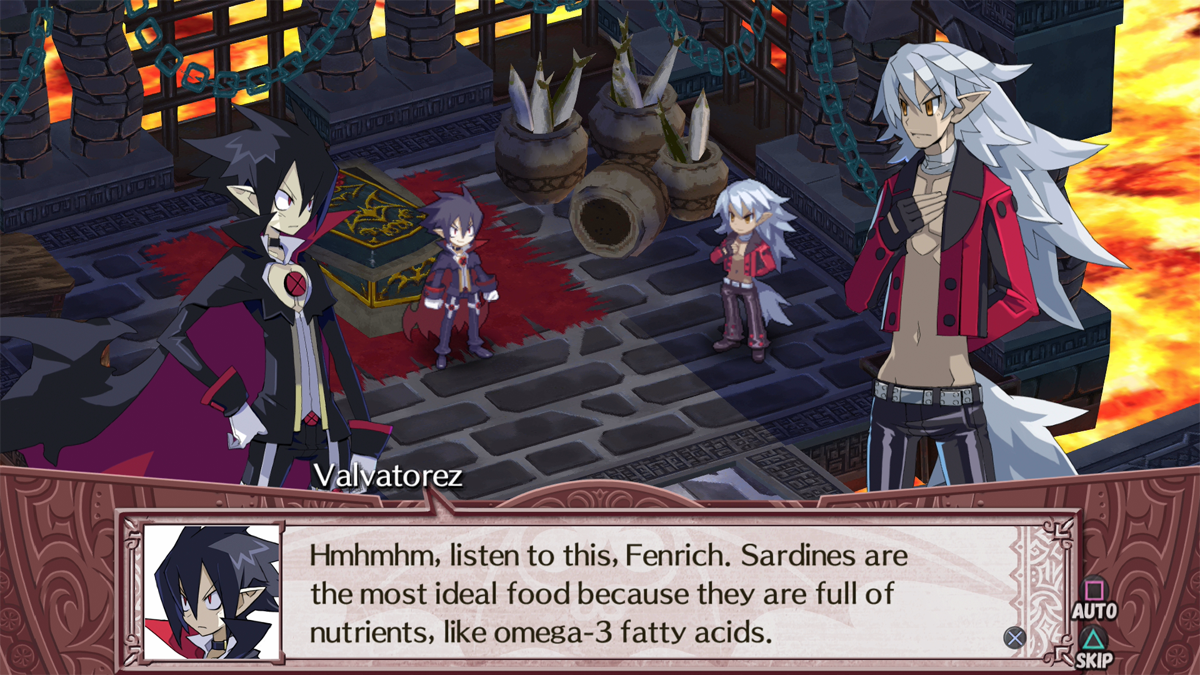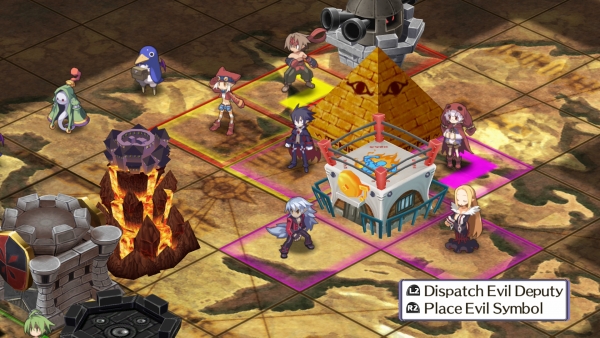
Figuring out the genre for Shadows Over Loathing is a bit weird. On the one hand, you could call it a RPG. There’s turn based combat, lots of items to pick up and equip, and party and inventory management. A lot of the hallmarks of the genre.
You could also play through the entire game without engaging with any of those systems, and instead just solving weird puzzles and picking the right dialogue options in conversation and interaction. Meaning that if you wanted to, you could just play it as an adventure game.
So, y’know. To each their own I guess?
A lot of Shadows Over Loathing’s strength is in its writing. Will you find it funny? Well, here’s a very simple test for whether. This is the company logo of Asymmetric, the folks who make the game:

If this made you laugh, or at least groan, you’ll probably enjoy yourself. Otherwise you may have a mixed experience.
There’s also one other test that will quickly filter out would-be players: how do you feel about a game that looks like this?

Now that we’ve filtered out anyone who simply wouldn’t have a good time, let’s talk about the actual game.
Gameplay Loop
I don’t have game that I can easily map Shadows Over Loathing to in terms of its gameplay loop. Generally, you wander around looking for something to progress the current state of the main quest, while doing side quests and discovering esoteric bullshit along the way.
While this might just sound like stumbling along, it’s fun because of how much there is to see or do, and how weird it is. Fix a tiny lighthouse. Pull off a criminal heist with a bunch of elderly citizens. Do jobs for the mafia. Collect hats.
All of this is set against a backdrop of a main story that does a surprisingly good job of actually delivering on some of its loose 1920’s Lovecraft horror themes. One of the big issues with the pop-culturalization of cosmic horror is that Cthulhu has gone from the unwaking dreamer who will end the world to Godzilla with an octopus head.
Shadows Over Loathing is much more subtle, and given that it can’t really do horror with its art style, it aims for ‘discomforting’ instead. Sure, there are tentacles and shadow blobs, but there are also unwinding spaces that can’t exist and trees that call for a woodsman to deliver the axe. For every dozen fishmen, there’s one eternal baseball game that can never be called.

That said, Shadows Over Loathing was at its weakest and most frustrating for me when it got a bit too into the weeds of an adventure game. If there’s a single path through a situation, it can be quite frustrating if you’re unable to spot it. And because this game often runs on dream logic, especially during curse sequences, it can be easy to get stuck.
Running into Colonel Sanders as a vampire is funny the first time. But after the 5th time it’s just kind of annoying, especially when it’s the exact same dialogue tree.
In addition, while interesting, the overall narrative does feel a little rushed at the end. While the game is chock full of fun things to see and do, it felt like it was about 30% shorter than I was expecting in terms of the build up for the finale.
Combat
There’s one big system I haven’t talked about yet, and that’s the combat and leveling system. Shadows Over Loathing has a pretty unique take on character classes. They give you a sort of basic skill tree. But on top of that, you learn most combat abilities and a wide range of other perks from finding books. In addition, pretty much everything gives you experience points to spend.

Combat itself is a bit of a mishmash. It’s turn based, but you have action points to use for certain secondary actions, and you can use a given number per round in addition to that. Enemies can also be tabbed to see who and what they’re attacking, meaning the game is more of a puzzle to be solved than a DPS check or gear check.
Also, there are a lot of items, and switching them up is often necessary. How many items, you ask? Well, this is a screen of half of my hats.

And while we’re speaking about inventory, here’s a list of all my shoes.

I should note: shoes don’t appear to have a mechanical impact on the game, they just change your walk animation and play weird sound effects based on what you have equipped. But they’re still given an entire inventory slot. This fact is never noted or elaborated on in game once, and it’s a pretty good example of the tone of the humor in Shadows Over Loathing.
Final Verdict
I generally liked Shadows Over Loathing. I don’t strongly recommend it or dislike it. It’s weirdly novel, and I found it quite funny and clever, but it wasn’t earthshattering. It was a much better use of my time than Knuckle Sandwich to be sure. I do want to give it credit for a fantastic Steam Deck implementation.
If you want a funny and strange RPG/Adventure Game hybrid that will only require looking at a walkthrough 3-4 times, then I’d say Shadows Over Loathing might be right up your alley. It’s $23 on Steam and for the 15-20 hours I played, that feels about right.









